Since we’re all too busy too often, the modern working person has become a phenomenal multi-tasker: doing laundry while making dinner, putting the kids to bed while answering emails, getting our morning coffee while updating our social media, and of course, combining work with eating through breakfast meetings, lunch meetings, dinner meetings, and afterwork drinks and events of all sorts. We’re big fans of discussing business in a more relaxed atmosphere, as it builds rapport and develops relationships (just like Kalido). But you should never get too relaxed, because even though it’s reassuring to know that your colleague shares your hatred of brussels sprouts, or that your client enjoys bourbon as much as you do, maintaining professionalism is often crucial. In that light, we present the Unwritten Rules of Business Dining.
1) Breakfast, lunch, or dinner?
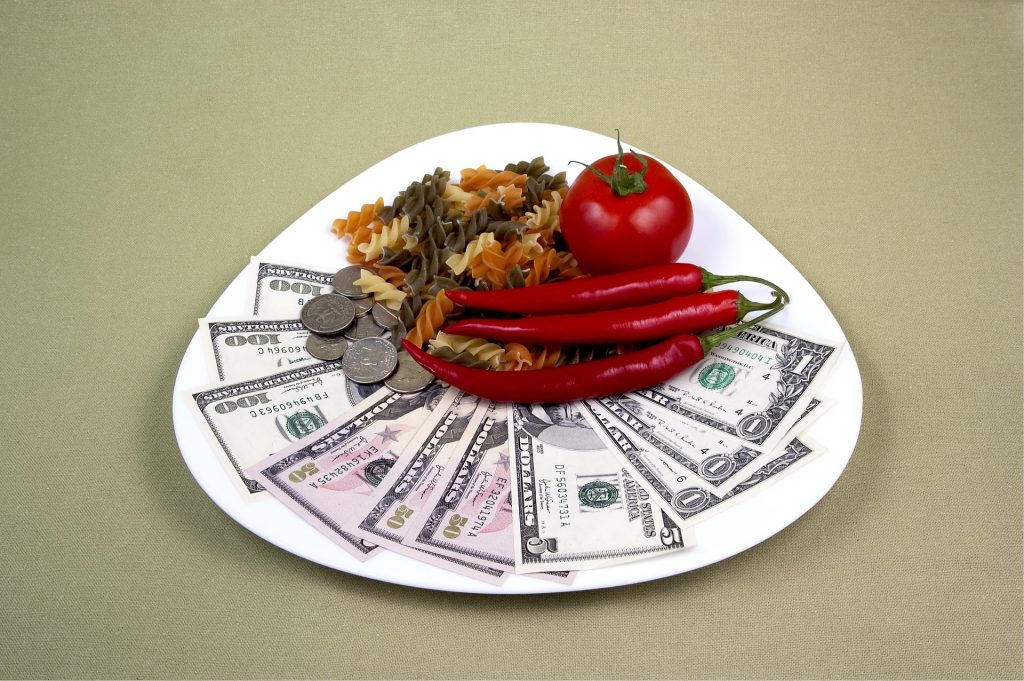
While it might seem irrelevant which meal you choose to combine business with, there are actually a bunch of factors you should consider.
Research has shown that most people are more focused, creative, and productive in the morning. This means that you might want to capitalise on your mornings and get some solid work done, so you should schedule a lunch meeting instead of breakfast or brunch, which could delay you getting to your desk. On the other hand, if you’re presenting an important proposal, you might want to do it first thing in the morning when you’re fresh, so you can get it over and done with, instead of having it hanging over your head all day. Your breakfast companion will also be fresh, and more likely to be giving you their full attention.
Lunch is probably not a good time to be giving a big proposal, as most people will be hungry and irritable, and probably more interested in the menu than your presentation. Lunch time meetings are best for relationship-building and general catching-up.
If your client or colleague is from out of town, it’s considered courteous to invite them for dinner, as they’re unlikely to have friends or family nearby, which translates to boring, lonely evenings. You don’t necessarily have to do a full-on dinner, a light supper will serve the same purpose. For local clients and colleagues, the opposite principle applies. People want to get home to their own families and friends after a long work day, and might not appreciate having to sacrifice an evening for a business dinner.
Whatever meal you choose, you should consider the nature of the business you want to discuss, your energy levels and your companion’s potential energy levels, and whether either of you will hit horrible traffic en route.
2) Plus one, anyone?
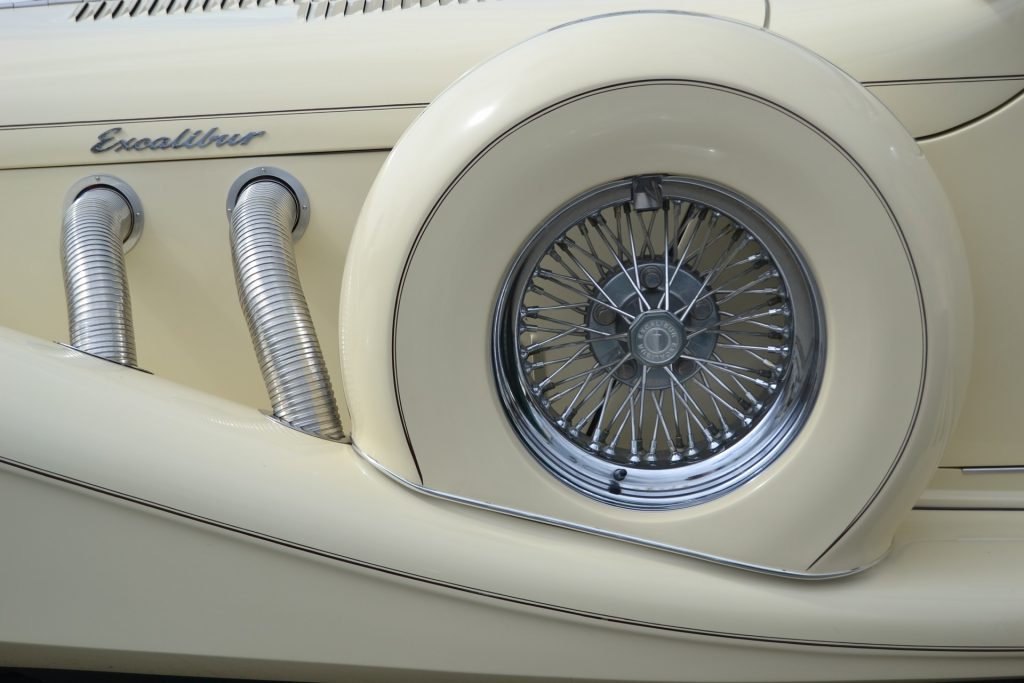
Unlike parties from your high school and university days, you should never go to a business meal unless you’ve been explicitly invited to one. This also goes for bringing people who weren’t explicitly included.
Remember that the point of the meal is to build relationships, and the more people present, the less attention each person will get. If you weren’t invited, it’s likely because you aren’t integral to the business at hand; gatecrashing won’t endear you to anyone. And unless your colleague or significant other were explicitly invited, don’t assume they’re welcome to tag along.
3) Where to then?
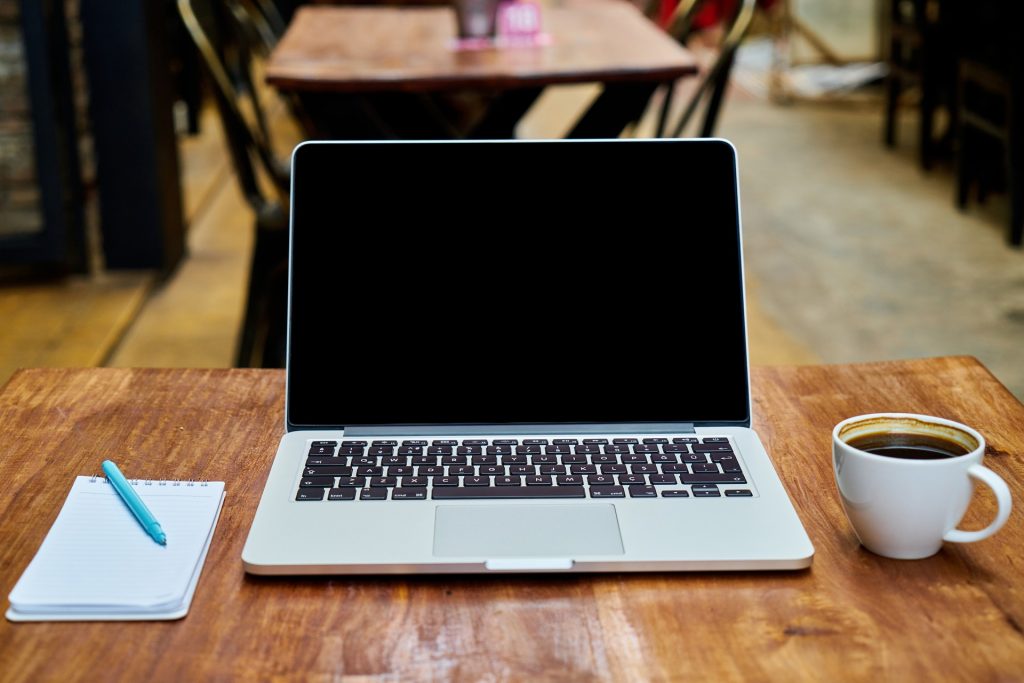
Choice of venue is the domain of the inviter or host. If you’re an invitee, try to avoid negotiating for a better venue, no matter how out of your way the place is, or how awful you think the food is. If you’re the host, consider things like where your guests are coming from, and how appropriate the place is for a business meeting. The best BBQ ribs in town is great for a Saturday night, but trying to discuss serious business when your face and fingers are covered in sticky (though delicious) sauce isn’t ideal. If you’re trying to impress a client, you might also want an upgrade on that food truck you favour for Taco Tuesdays.
When you’re choosing the venue, consider:
- Ambience: Is it too noisy, too dark, too crowded, too romantic?
- Food: Can you eat without embarrassment?
- Price: Can you afford this? Or can you afford something better?
- Location: Is it on the other end of the world in rush hour traffic?
4) Care for a drink?

Mimosa with brunch? Beer with lunch? Wine with dinner? All perfectly acceptable. But maybe not for business meals. The rule of thumb is: Match your companion’s preference. As the host, you should offer your guests the option of alcohol. And if you’re the guest, you should wait to be offered. Depending on what they choose (yay or nay to alcohol, and whether it’s beer, wine, or a mixer), you can make your selection. You don’t have to order exactly the same drink, but try to keep the alcohol content comparable.
As social creatures, humans are programmed to like people who are similar to us. So, a non-drinking client may harbour vague doubts about your focus and work ethic if you order a cocktail with lunch. On the other hand, if your client is on their 3rd cocktail and you’re sipping water, they may wonder if you’re no fun at all.
In terms of liquors and shots, many workplaces frown on these during a business meal, but some cultures actively encourage drinking between colleagues and clients as a way to foster better relations. If you’re a lightweight when it comes to alcohol and you find yourself in this sort of situation, either plead a health issue, or have a drinking partner who can take some of your drinks for you.
5) What’s on the menu?
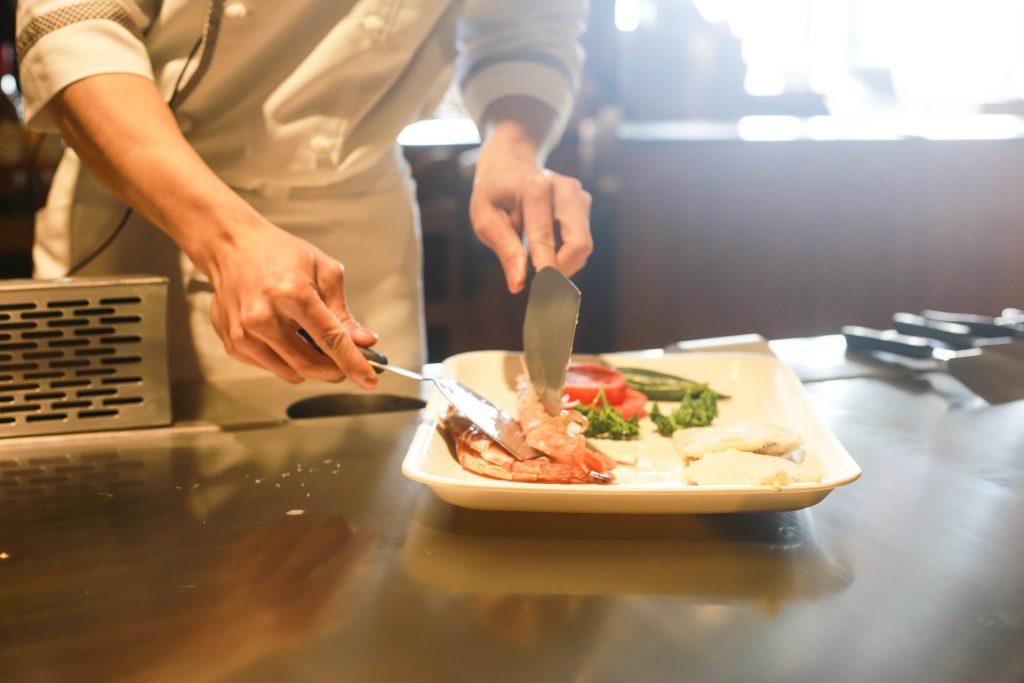
In principle, you should be able to order anything you want, as long as people won’t dislike you during and after eating. Reasons for dislike during eating may include: Ordering bloody steak when you know your companion is vegetarian; ordering something you know your companion is allergic to; ordering something that’s messy, forcing people to avoid eye contact with you throughout the meal; ordering something complicated and slow, forcing everyone to wait for your dish to arrive; not ordering for whatever reason, and forcing people to eat without you. Reasons for dislike after eating may include: Ordering anything that will make you or your breath impossible to be near; or ordering something outlandishly expensive.
Remember that this is not your last meal on earth, so you can make small concessions, as there’s always your next meal to look forward to, or your next trip back to the venue.
6) Who’s getting the bill?
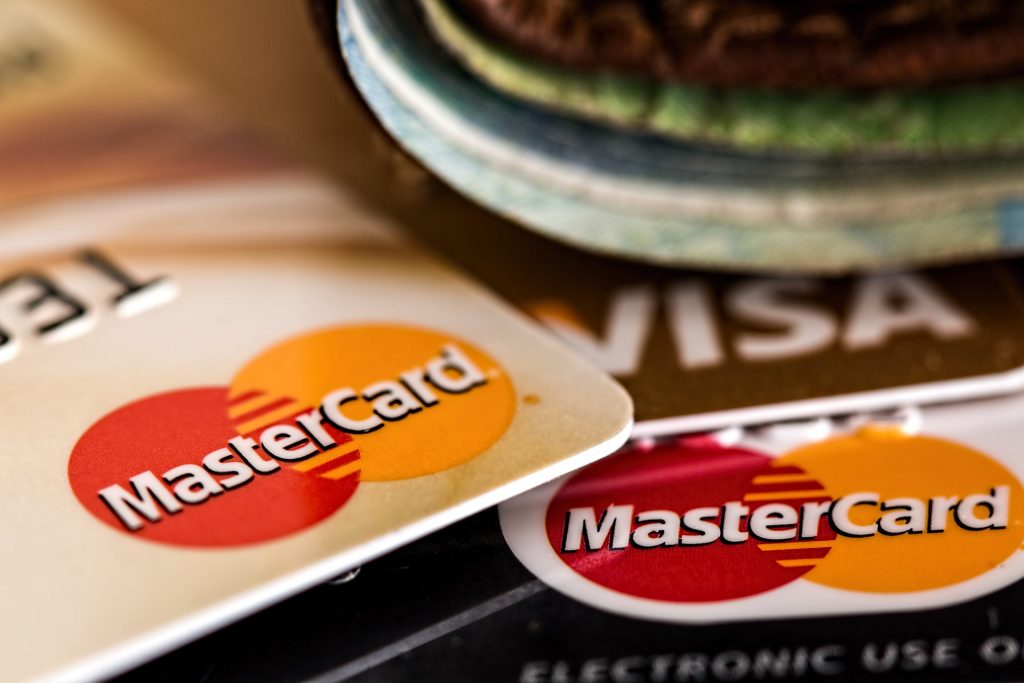
In general, the host pays. If you’re trying to impress your client, you pay. Between colleagues, it’s alright to split the bill. If you’re in a traditionally patriarchal society, you may find that the oldest person present pays (this will usually be a supervisor or manager).
If you’re splitting the bill, make sure you’ve included your portion of the tip (this could range from 0% – 25% depending on the norms of your country), and your portion of whatever shared dishes or drinks were ordered. Always round up, and remember that no one ever complained about someone overpaying, but if you’re even slightly under – heaven help you.
So, now that you know the hidden etiquette of business dining, why not call or send a quick text to a few clients or colleagues (you can do so for free from Kalido), and strengthen your relationship over a delicious meal or two?

